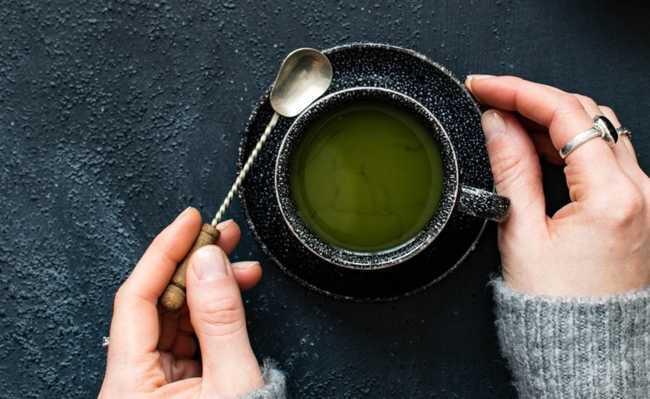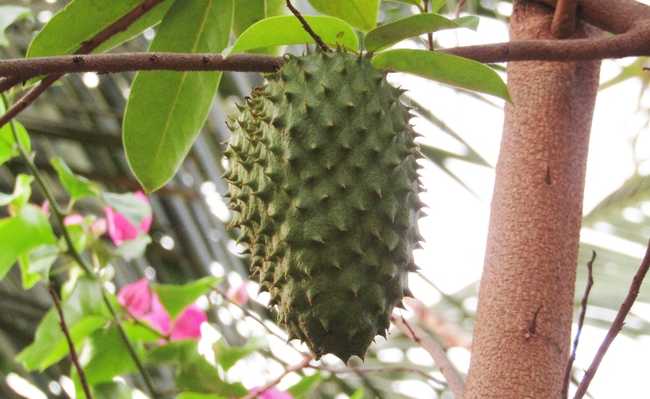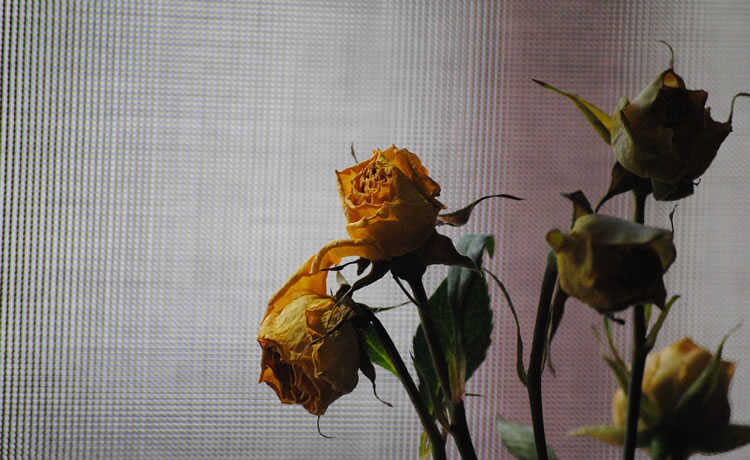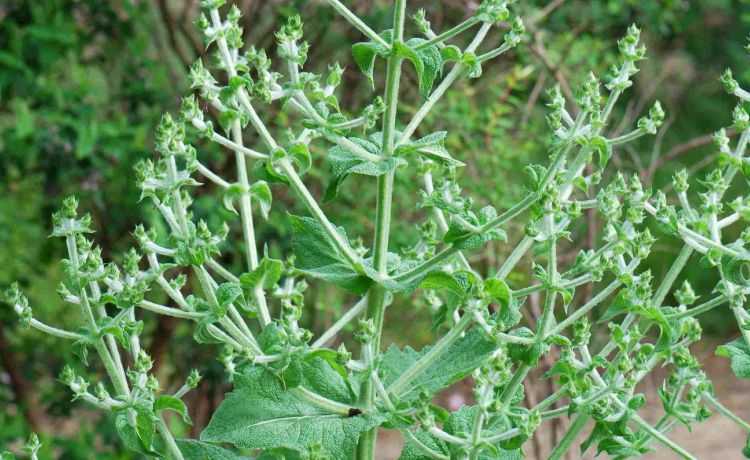Beige clay: learn about properties and benefits
Beige clay regulates the skin's sebum production without dehydrating it

Beige clay, also known as cream clay, is a mixture of brown and white clay. In this way, it more smoothly incorporates the properties of the two clays. This type of clay is indicated to treat oily skin, inflammation, scars and skin rejuvenation.
All clays are minerals that are less than two µm in size (micrometers - one thousandth of a millimeter) in a rock. They form from the degradation and decomposition of rock, due to exposure to wind, water, rotting vegetation and chemical agents over the years, which cause changes in the mineral.
The components present in them confer therapeutic properties and many health benefits. But it is not today that the human being enjoys its qualities. Clays were one of the first forms of natural medicine known to man and were used by ancient civilizations as medicine, mainly for wounds. For some time now, they have become excellent allies in aesthetic and medicinal treatments. The use of clay for treatments became known as clay therapy.
The quality and compositions of clays depend a lot on the region where they are extracted. There are several types of clay and each one is suitable for a specific purpose. Each type has a composition of different minerals and it is these numerous components that give clays different colors, properties and applications. Therefore, it is very important to know its composition before using it (understand better about the use of clays).Applications of beige clay
Beige clay has many properties and, consequently, many applications. White clay is rich in aluminum and silicon; brown clay, in addition to those mentioned, has a significant amount of iron when compared to other clays, in addition to titanium, an important component in sunscreens and with filtering action, preventing the entry of bacteria.
The presence of silicon has a purifying, astringent and remineralizing action, with an antiseptic and healing effect. This reduces inflammation and plays a fundamental role in the reconstitution of skin tissue, in addition to acting against flaccidity. Aluminum works against lack of tone and inhibits the development of bacteria that cause pimples, boils and inflammation. Iron is very important in cell respiration and electron transfer, the absence of which makes the skin dry, thin and lacking in elasticity.
Beige clay is indicated for oily, acne-prone and mixed skins, as it helps to regulate sebum production and absorbs oil without dehydrating the skin. It is often excess oil that causes acne - for this reason, the use of beige clay is effective in anti-acne treatment, as in addition to reducing oiliness, it also has an astringent, healing and anti-inflammatory effect. It also softens skin blemishes caused by pimples.
The present iron, even if in small amounts, activates the cutaneous circulation and revitalizes the skin, which, together with other mineral salts, hydrates, restoring the skin's freshness and shine. Eliminates toxins, impurities and free radicals caused by everyday stress, rejuvenating tissue.
Beige clay can be applied to the body, in inflamed or injured places, helping with de-inflammation and healing. Due to its tensor power, it is a clay that acts on the skin's elasticity, acting against skin flaccidity, such as tissue flaccidity. It also helps in reducing measures, acting on localized fat and cellulite.
The beige clay, in the hair, helps to regulate the keratinization of the threads and is very efficient in oily hair, balancing the sebaceous production. Helps in faster hair growth, hydrates and deeply cleans the scalp.
Preparation
Clay is found in powder form, so to apply it, mix it with pure water, hydrolates or saline. The clay already contains in itself the amount of nutrients needed to be used alone, it is not necessary to mix it with creams. Always use glass or plastic containers to make the paste, as metal ones can interfere with the minerals contained in the clay.
How to use
On the face, apply the beige clay paste all over the face, except for the eyes and mouths and let it act for 20 minutes before removing it with water. Finish with a moisturizer. The mask can be done every two weeks. However, clay-based products such as soaps can be used daily. Prefer to use it at night, to avoid aggressions caused by the sun's rays.
As a hair mask, it should be applied to damp hair, massaging the scalp slowly and leaving it to act for around 20 minutes. Do not rub the clay paste on the wires, as friction may damage them. The paste slides naturally over the threads without adding force. For best results, you can finish the treatment with vegetable oils - see which one is most suitable for the desired purpose and apply after removing the beige clay.
As clays are considered anti-residues, they provide a deep cleansing of the scalp. Therefore, for hair that contains chemicals, such as those that have undergone relaxation and straightening processes, the clay should be applied two months after the chemical procedure, as it can remove some substances used in the treatment.
They can also be used as a pre-shampoo to relieve itchy scalp. You can make the hair mask with beige clay once a week or every 15 days - it's enough to nourish your hair. It is noteworthy that for such benefits, the clay must be natural and pure, free from chemical substances harmful to health.
Where to find
Check the types of clays, vegetable oils and other 100% natural products available at eCycle store. As they are pure and natural products, clays do not degrade the environment.










